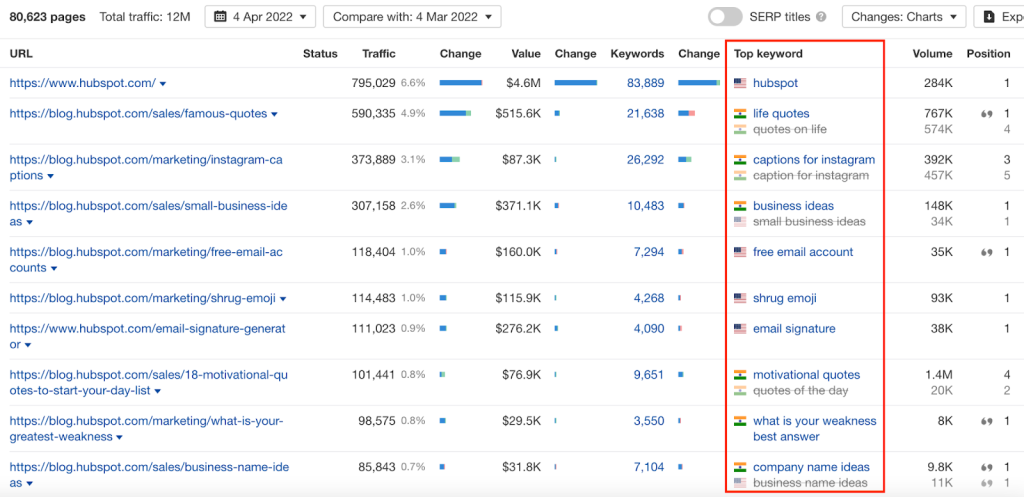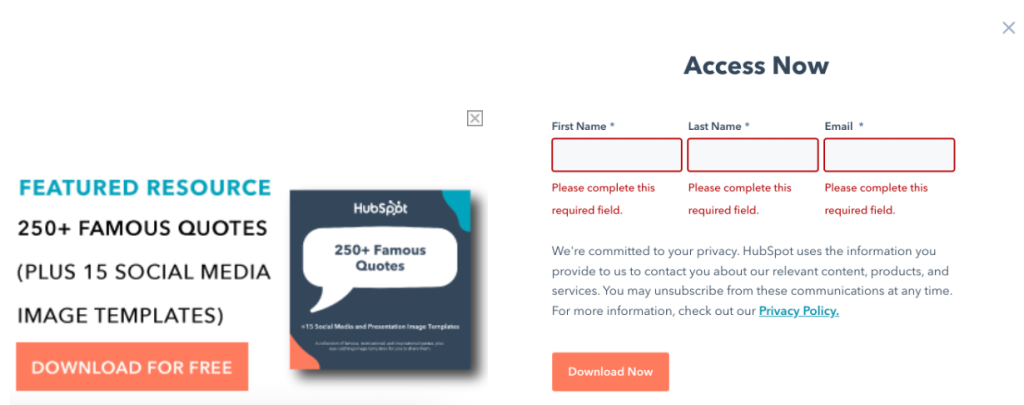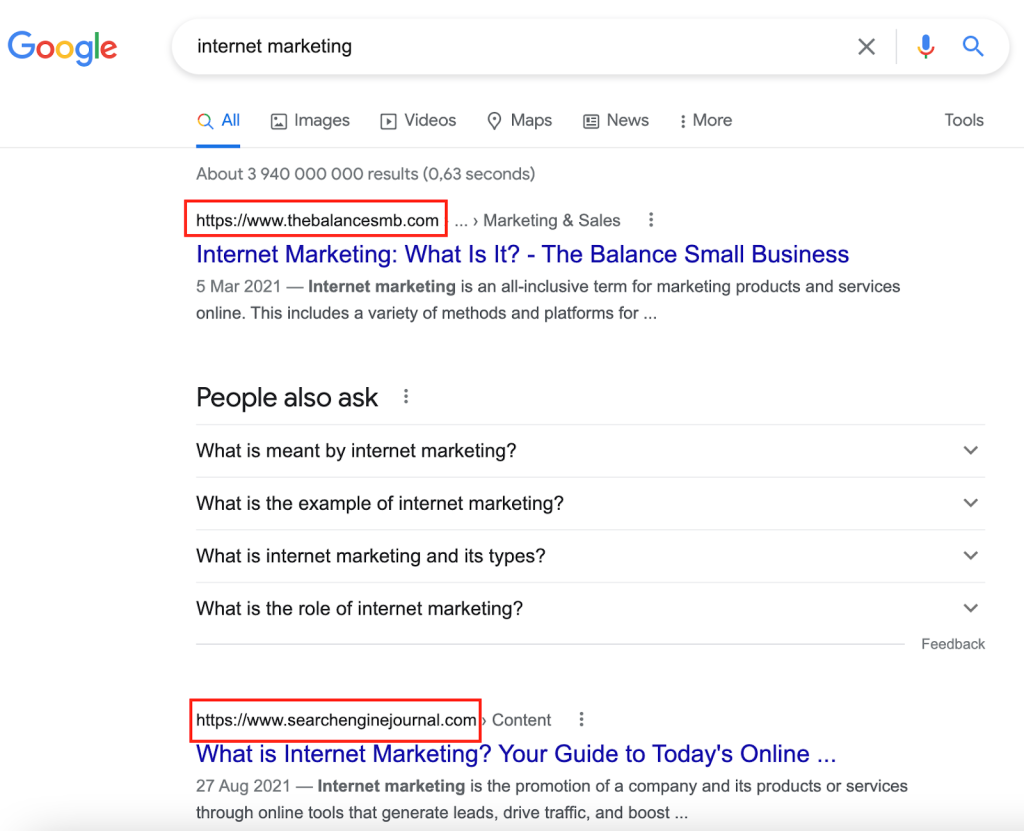Jun 14, 2022
Vanity metrics: why organic traffic matters
9-MINUTE READ | By Johannes Rastas
[ Updated Dec 5, 2023 ]
Vanity metrics is a term used for metrics that look good on the surface but don’t help you understand your performance or give any meaningful business results. This article focuses on organic traffic and assesses its role in measuring content marketing performance.
Skip ahead >>
- What are vanity metrics
- Why vanity metrics are bad for you
- Why some vanity metrics are okay
- What makes branding and organic traffic so important
What are vanity metrics
Common examples of vanity metrics in marketing include the number of followers, likes, shares, and comments on social media, page traffic metrics such as pageviews and sessions, bounce rate, time on page, open rate of an email campaign, or impressions, and even clicks of an ad.
Vanity metrics are easy to get hold of. But they fall short when bringing in sales and helping your business reach its goals. A startup might choose to report the number of total registrations instead of active, paid users to show demand for their products.
What are the typical characteristics of vanity metrics, then? They’re out of your control, they can’t be repeated, and they don’t drive business decisions. In other words, they’re not actionable.
Why vanity metrics are bad for you
Page traffic has had its place in measuring content marketing results such as blogging ever since the inception of the digital marketing era. For a long time, it was simple: the more visitors your articles attract, the higher your chances of monetizing that traffic. But then why not focus on actionable conversion metrics alone? And why measure page traffic at all?
The idea of vanity metrics traces back more than a decade. Eric Ries, the author of The Lean Startup, talked about them already in 2009 on his personal blog. He said vanity metrics are dangerous because they’re easily manipulated and don’t necessarily correlate with the numbers that actually matter. By that, he was referring to the cost of acquiring new customers and, ultimately, revenue and profit. At best, vanity metrics can show correlation but not causation.
So, if measuring organic traffic is a fool’s errand, then switching the focus to measuring how many sales your content makes should be the answer. Or is there more to vanity metrics? Do they deserve their bad reputation as the opposite of actionable metrics, only used by startups trying to inflate their growth and marketers trying to fake the success of their efforts?
Why some vanity metrics are okay
Being able to attribute the increase in any key metric to a specific marketing activity is important in analytics. But modern multi-touchpoint tracking has its limitations. The user journey can often be far too complex, even for advanced attribution models. There’s plenty of non-trackable activity that takes place. And understanding what drives an individual user to purchase isn’t straightforward.
Getting thousands of unique pageviews from relevant keywords certainly counts for something. And using that as one of the performance metrics for your content marketing isn’t vanity necessarily.
Even if your articles don’t convert so well, but they attract a lot of relevant traffic, there are ways to optimize your pages for conversions—assuming your keywords have the right intent. Just like revenue doesn’t say anything about profitability, high traffic doesn’t guarantee conversions. But the demand is there. And brand recognition is a powerful asset, too.
Example of powerful branding
HubSpot is perhaps the best example of a SaaS tool whose marketing relies heavily on branding and content marketing. And more specifically, their content marketing doesn’t rely so much on product-related keywords.
Of course, they target product keywords, too, but their content marketing is by no means limited to those keywords. If you look at their top pages on an SEO tool like Ahrefs, you’ll see an unusually wide variety of topics.

In the first position, in terms of both page value and traffic, they obviously have their brand name. But their page targeting the keyword ‘CRM is only in position 17 on the list. Between those two, they have keywords such as ‘life quotes’, ‘captions for Instagram’, ‘business ideas’, ‘free email account’, and ‘shrug emoji’. Not what you would expect from a company that’s one of the leading CRM and marketing automation platforms with annual revenue of $1.30 billion.
And while these might seem like trivial topics, their page values are rather high. Most of them score over 100K. The page value metric gives an estimated value of a page’s monthly organic search traffic. It’s based on the amount you would need to spend if you were driving the same amount of traffic from all the ranking keywords using Google Ads.
Even if the people’s search intent using those keywords isn’t monetary at all, there are still ways of utilizing that traffic. For example, they use many of the pages on this list for getting visitors to fill in their names and email addresses to download an ebook or other resources. Those are then added to HubSpot’s email list, which they use for promoting their other content, products, and services to their subscribers.

What makes branding and organic traffic so important
Branding and organic traffic go together. Ranking at the top of the search results and generating traffic help with building a stronger brand. And a stronger brand helps with driving more traffic.
As we saw from the example of HubSpot, ranking not only for product-related search queries but also building traffic through other high-volume keywords is a viable content strategy.
Domain bias favors strong brands
You can’t overstate branding’s impact on organic web traffic. Or which search result would you choose from these two?

For people in marketing, Search Engine Journal’s article would be the clear choice. Even though their page ranks lower. SEJ has become a household name in the marketing field. Thanks to their strong brand, people trust their content and feel comfortable linking back to it as a reference. And those backlinks help them rank higher for keywords.
A lot has been written about domain bias. Microsoft published a research paper already in 2012 where they concluded that users are more likely to click a search result that comes from a reputable domain. In about 25% of the cases, user preferences were driven by blind following of domains.
This means that users click results from trusted domains even when more relevant search results are available. Users’ brand loyalty is so strong that they tend to favor some domains regardless of content.
Organic search drives the majority of web traffic
Why is organic traffic so important then? Organic search is the channel that accounts for the majority of traffic to websites. A research paper by BrightEdge reports that organic search has a 53% traffic share on average across industries.
In contrast, the share of paid search is only 15% of all web traffic. And in terms of revenue, organic search also makes more than half of the total revenue for B2B and technology companies.
It’s unbranded search queries that bring most users to both B2B and B2C websites. According to Total Retail’s estimate, 88% of B2B websites are found using unbranded queries.
Branded keywords are useful, especially for well-established companies who can afford to narrow down their traffic to the most relevant segments. But those attempting to widen their reach who are only establishing their brand are likely to depend on unbranded queries.
Organic traffic helps with collaborations
You may have heard of the idea that all metrics that are readily available for everyone are in fact, vanity metrics. But the other side of the coin is that some of your collaborators use those metrics to evaluate if they want to work with you. It’s the only reliable data they can access. People outside your company can’t see how much your content converts, but they do see your traffic.
Link building is a good example of this. Backlinks are an essential part of SEO, and all websites need them to rank higher for relevant keywords. Unless your website already has a strong brand that everyone knows, your link collaborators will surely look into your website’s domain rating and monthly organic traffic before agreeing to link to your content.
It’s not enough that your website has accumulated enough backlinks to get a decent domain rating. A website with a high DR but almost non-existent traffic isn’t worth much. But a high DR together with good monthly organic traffic will give your website more leverage in those collaborations.
Your organic traffic is a crucial part of your website’s brand. Influencers asking for upfront payments in return for promoting products on their websites will need to have a certain amount of traffic to justify their requested compensation. Any SEO guru who produces regular content for beginners wouldn’t be taken seriously if their website had only minimal organic traffic.
Final thoughts
The line between vanity metrics and actionable metrics can sometimes get blurry. The idea that certain performance metrics are not directly linked to business results or any numbers that actually impact sales obviously has some merit. But when it comes to organic web traffic specifically, there are good reasons not to treat it as a mere vanity metric. Organic traffic is closely tied to branding, and it’s notoriously difficult to put a monetary value on branding efforts.
As we saw in the examples, even companies like HubSpot invest a lot of resources in producing content that isn’t necessarily related to their products. But ranking for those keywords gives them visibility and allows them to use that traffic through their email list, for example.
The value of ranking high for a relevant, high-volume keyword is more than the sales attributed to that particular page. The fact that we often can’t give an accurate estimate of the monetary value of a certain page doesn’t mean that its traffic has no impact on the business.
About the author
A Partner Marketing Manager at Supermetrics, Johannes focuses on expanding the Supermetrics partner program and collaborating with their existing partners. He also works with SEO and content on a regular basis. Feel free to contact him on LinkedIn.
Turn your marketing data into opportunity
We streamline your marketing data so you can focus on the insights.